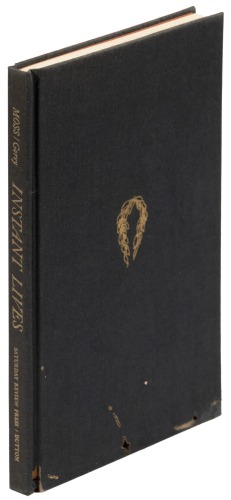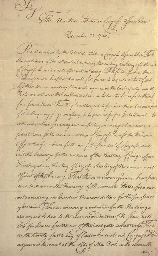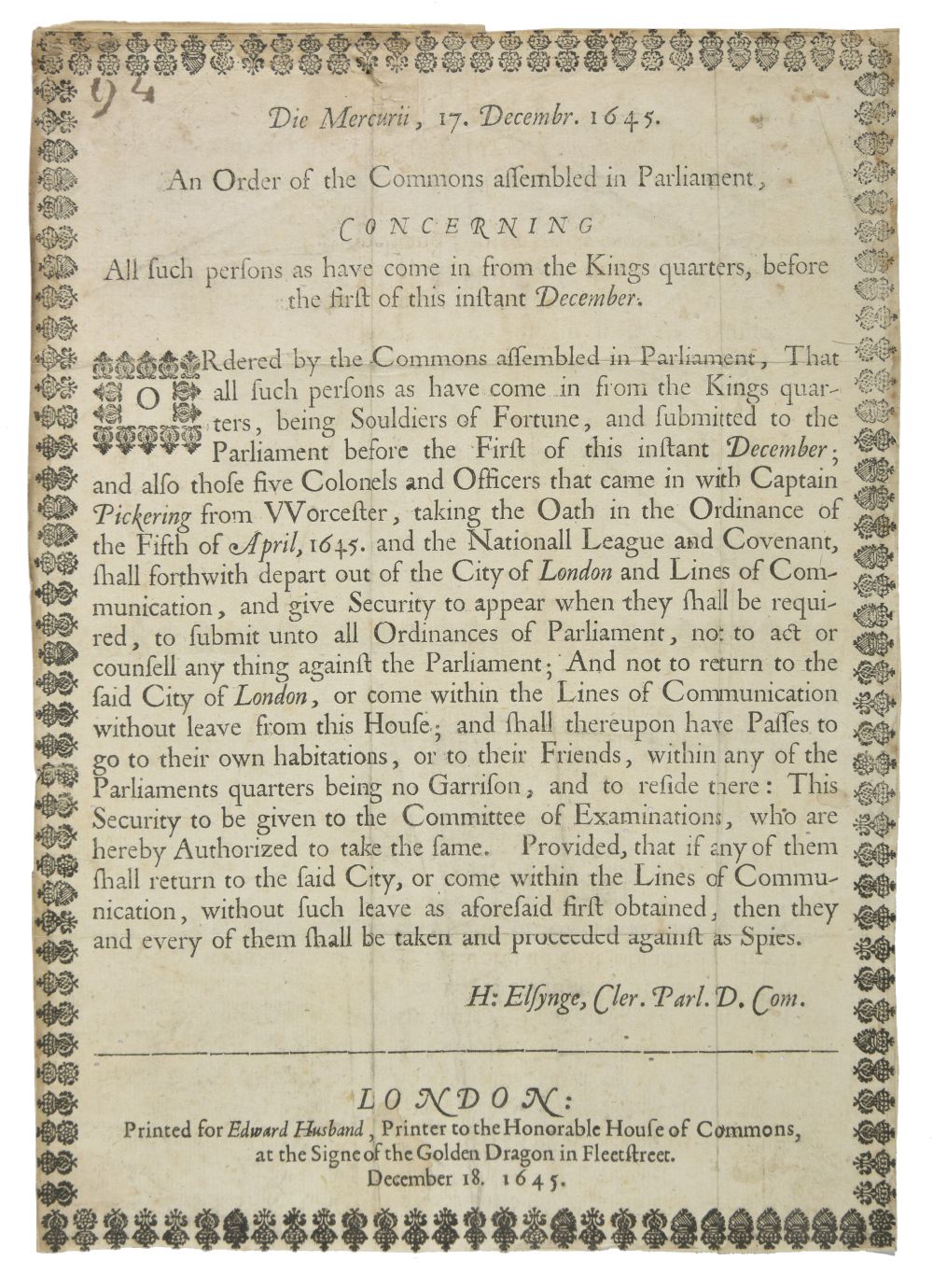'For an instant of time, nothing happened. Then Siemon, watching from U-334, saw a pillar of smoke about 200 feet high billow up, preceded by a blinding blue flash. The heavy naval steam launch which had been strapped in a cradle on top of No. 2 hatch was picked up bodily by the explosion and hurled a quarter of a mile across the sea. The ship broke in two, and the bows sank almost at once. The air was filled with the terrible sound of the heavy cargo - the Churchill tanks, anti-aircraft guns, and trucks - tearing loose in the holds, and the groaning of the ship's members under the unintended strain. Then the stern section slid under the sea with a roar, leaving only the barrage balloon, which had been stowed on the after deck, floating on the sea for a few seconds as the cable paid out from the ship foundering beneath it. Then that too was plucked beneath the waves, as though by an invisible hand. Ninety seconds had passed since Hilmar Siemon had fired his third torpedo.' The fate of the cargo steamer Earlston, as described by David Irving in The Destruction of PQ 17. The important Second World War 'PQ-17' M.B.E. and Lloyd's Medal for Bravery at Sea group of eight awarded to Second Officer D. M. L. Evans Merchant Navy, who somehow survived the loss of the S.S. Earlston in the freezing waters of the Barents Sea on 5 July 1942 Following the infamous order for the convoy to scatter, Donitz's wolf packs moved in for the kill and sank no less than 24 merchantmen. In fact, such was the resultant loss of life that Winston Churchill was moved to describe the massacre 'as one of the most melancholy naval episodes in the whole of the war' Those losses included 26 men embarked in the Earlston - a victim of the Luftwaffe and the U-334 - but a good number survived her loss, largely owing to the gallant example set by Evans, who took charge of one of the ship's boats and navigated it to land: that nightmare journey - in a crowded, open boat - took seven days, towards the end of which he collapsed 'prostrate with illness' The Most Excellent Order of the British Empire (M.B.E.), Civil Division, Member's 2nd type badge, with its Royal Mint case of issue; 1939-45 Star; Atlantic Star; Africa Star; Italy Star; War Medal 1939-45; Lloyd's Medal for Bravery at Sea, silver (Second Officer D. M. L. Evans S.S. "Earlston", 5th July 1942), with its fitted case of issue; U.S.S.R., 40th Anniversary Medal 1941-45, the campaign medals with their original O.H.M.S. card forwarding box addressed to 'Mr. D. M. L. Evans M.B.E.' at a Cardiff address, generally extremely fine (8) M.B.E. London Gazette 6 October 1942: 'When his ship was sunk, the Second Officer [Evans] took charge of the navigation of a crowded boat and brought her people to land after seven days. When he himself was prostrate with illness, the handling of the craft was carried on by Able Seamen Folwell, Holman, and Hooper. It was largely due to their untiring efforts and example that the lives of the 33 survivors were saved.' Lloyd's Medal for Bravery at Sea Lloyd's List and Shipping Gazette 31 August 1943. David Meredith Lyon Evans was born at St. Dogmaels in Pembrokeshire on 6 February 1917, the scion of a seafaring family. His father commenced his career as a boy seaman in the Edwardian era and was still serving as a Chief Officer in the Second World War. Young David entered the Merchant Navy in early 1932 and was serving as an Able Seaman in the S.S. Trevoriant on the outbreak of hostilities in September 1939. In January 1940, having qualified as a 3rd Mate, he joined the cargo steamer Amicus, but he had moved to a new appointment by the end of the year, for the Amicus was torpedoed and sunk by the Italian submarine Apino Attilio Bagolini on 19 December 1940, with the loss of her entire crew. By the summer of 1942, Evans had been advanced to Second Officer and was serving aboard the S.S. Earlston, and it was in this capacity that he joined PQ-17 on the Arctic run. PQ-17 The fate of PQ-17 ha
'For an instant of time, nothing happened. Then Siemon, watching from U-334, saw a pillar of smoke about 200 feet high billow up, preceded by a blinding blue flash. The heavy naval steam launch which had been strapped in a cradle on top of No. 2 hatch was picked up bodily by the explosion and hurled a quarter of a mile across the sea. The ship broke in two, and the bows sank almost at once. The air was filled with the terrible sound of the heavy cargo - the Churchill tanks, anti-aircraft guns, and trucks - tearing loose in the holds, and the groaning of the ship's members under the unintended strain. Then the stern section slid under the sea with a roar, leaving only the barrage balloon, which had been stowed on the after deck, floating on the sea for a few seconds as the cable paid out from the ship foundering beneath it. Then that too was plucked beneath the waves, as though by an invisible hand. Ninety seconds had passed since Hilmar Siemon had fired his third torpedo.' The fate of the cargo steamer Earlston, as described by David Irving in The Destruction of PQ 17. The important Second World War 'PQ-17' M.B.E. and Lloyd's Medal for Bravery at Sea group of eight awarded to Second Officer D. M. L. Evans Merchant Navy, who somehow survived the loss of the S.S. Earlston in the freezing waters of the Barents Sea on 5 July 1942 Following the infamous order for the convoy to scatter, Donitz's wolf packs moved in for the kill and sank no less than 24 merchantmen. In fact, such was the resultant loss of life that Winston Churchill was moved to describe the massacre 'as one of the most melancholy naval episodes in the whole of the war' Those losses included 26 men embarked in the Earlston - a victim of the Luftwaffe and the U-334 - but a good number survived her loss, largely owing to the gallant example set by Evans, who took charge of one of the ship's boats and navigated it to land: that nightmare journey - in a crowded, open boat - took seven days, towards the end of which he collapsed 'prostrate with illness' The Most Excellent Order of the British Empire (M.B.E.), Civil Division, Member's 2nd type badge, with its Royal Mint case of issue; 1939-45 Star; Atlantic Star; Africa Star; Italy Star; War Medal 1939-45; Lloyd's Medal for Bravery at Sea, silver (Second Officer D. M. L. Evans S.S. "Earlston", 5th July 1942), with its fitted case of issue; U.S.S.R., 40th Anniversary Medal 1941-45, the campaign medals with their original O.H.M.S. card forwarding box addressed to 'Mr. D. M. L. Evans M.B.E.' at a Cardiff address, generally extremely fine (8) M.B.E. London Gazette 6 October 1942: 'When his ship was sunk, the Second Officer [Evans] took charge of the navigation of a crowded boat and brought her people to land after seven days. When he himself was prostrate with illness, the handling of the craft was carried on by Able Seamen Folwell, Holman, and Hooper. It was largely due to their untiring efforts and example that the lives of the 33 survivors were saved.' Lloyd's Medal for Bravery at Sea Lloyd's List and Shipping Gazette 31 August 1943. David Meredith Lyon Evans was born at St. Dogmaels in Pembrokeshire on 6 February 1917, the scion of a seafaring family. His father commenced his career as a boy seaman in the Edwardian era and was still serving as a Chief Officer in the Second World War. Young David entered the Merchant Navy in early 1932 and was serving as an Able Seaman in the S.S. Trevoriant on the outbreak of hostilities in September 1939. In January 1940, having qualified as a 3rd Mate, he joined the cargo steamer Amicus, but he had moved to a new appointment by the end of the year, for the Amicus was torpedoed and sunk by the Italian submarine Apino Attilio Bagolini on 19 December 1940, with the loss of her entire crew. By the summer of 1942, Evans had been advanced to Second Officer and was serving aboard the S.S. Earlston, and it was in this capacity that he joined PQ-17 on the Arctic run. PQ-17 The fate of PQ-17 ha







.jpg)






Try LotSearch and its premium features for 7 days - without any costs!
Be notified automatically about new items in upcoming auctions.
Create an alert